
Considering the abysmal state of sex education in Korea, part and parcel of a society reluctant to admit that teenagers have sex or even sexuality, then the notion that it’s only thirteen sounds simply absurd.
Despite myself though, that’s precisely what I’m going to argue.
Not because that’s the consensus of English-language materials on the subject however. The vast majority never provide a source for their information on South Korea specifically (see here, here, here and here for some examples), and following the trail of those of that do almost invariably leads to a chart of the age of consent in various countries on Wikipedia, itself unsourced (but which has recently been edited as I’ll explain). Indeed, highlighting how problematic that makes them was my original intention in writing this post.
But the catalyst was this post at Omona They Didn’t!, a popular K-pop site. There, commenters discussed singer G-Dragon’s (지드래곤) concert performance below that featured simulated sex scenes, and which he is now being investigated for (but not yet prosecuted) because it had been rated suitable only for ages twelve and above (see here, here, here, here and here for the latest developments). Arguably somewhat arbitrary and hypocritical considering similar performances by other singers that haven’t been, the outrage is even stranger if the age of consent is thirteen, as pointed out there by a commenter with the handle “hallerness.” (Update: See here for a detailed explanation of what exactly happened at the concert and the legal response, including an interview with the performer on the bed)
Queried on that low age by other commenters though, this blog got mentioned, and she emailed me asking for clarification. With apologies for the delay, this post is my response.

The first step in preparing it was simply to ask my students. But although their confusion was not entirely unexpected (I’ve been writing about Korean sexuality for a long time now!), it still took a great deal of time and effort to explain what the concept was.
Not to imply that they’re stupid and/or ignorant of course, but that Korean adults needed an explanation at all is surely indicative of how alien the notion of teenage sexuality is here (or at least public discussion of it).
Once that was out of the way, then all said it was 18, like I also thought: after all, almost everything else sex-related is, including buying contraception, having access to or appearing in pornographic materials, and working in de facto sex-related industries. But they had no idea of what the Korean term was, hesitant suggestions including 법정나이 (literally “correct age”) and 법적나이제한 (correct age limit).
Turning to an online dictionary next, I found 성관계 승낙 연령 (sexual relationship consent age) instead, and that it has an explanation attached to it – 합법적으로 성관계를 승낙할 수 있는 연령 (legally sexual relationship can consent to age) – is again surely telling.
Paste it into Korean search engines, and you do get some results, although most appear to be about Canada (see a little later for why). Rather than wading through those though, I had no hesitation in turning to Matt at Gusts of Popular Feeling instead, who has written a great deal about teenage prostitution. And fortunately he does have a post in which he discusses this issue.

To be specific, it is about controversial rulings in two teenage prostitution cases in July 2001 and July 2009 (known in Korean as wonjo gyoje; 원조 교제). And while technically The Korea Times articles he quotes also do not mention any specific law, the age of consent being thirteen proved crucial in both cases, and I recommend reading his post in full to understand why.
From the 2001 article (link broken):
Under related laws, those who have sex with minors younger than 13 should be punished, regardless of whether the minors agreed or whether there was a financial deal. However, having sex with minors aged 13 or older, which does not involve financial deals, is not punishable if the minor consents.
And from the 2009 one:
In Korea, a person is not guilty of any crime for having sex with a minor aged 13 and over unless it is paid for or forced. Sex with those under the age of 13 is punishable even if it is carried out under mutual consent.
And Matt’s reaction was exactly the same as mine would have been. In particular:
….I found the age of consent shocking because I’d heard for so long that it was 19. Keep in mind that in the 1990s I think Canada’s age of consent went from 16 to 14 (or 12, if the other person was 14) which I also thought was quite low. It recently was put back up to 16 due to people considered predators on MySpace, etc. finding young girls to sleep with [James: which is what most Korean articles on 성관계 승낙 연령 were about]. Considering Korea’s internet culture and the fact so much wonjo gyoje is organized online, you’d think more would have been done by now….
…I’m surprised that the age of consent hasn’t been raised here, considering, as I mentioned, how much online activity is to be found with men looking to have sex with underaged girls, and how it’s routinely stated (even by the police on their website) that the age of consent is actually 19. Also, considering how in the late 1990s how youth sexuality and changing youth behavior (and rising crime, including sex crimes) was discussed as if teens were a virus infecting society, the low age of consent is perplexing – not looked at through a moral lens, but through the discourse in the media surrounding teens at the time (and to a lesser extent now).
Six months earlier, he wrote the following on this post of mine about a 14 year-old Korean model that posed nude, and I’d be interested if the second case in 2009 changed his mind:
…“However, having sex with minors aged 13 or older, which does not involve financial deals, is not punishable if the minor consents.” That contradicts the 19 year old age of consent the police say they adhere to, but if I have to choose between the police and a 7 year-old KT article, I’ll go with the police.
And when I wrote that post, the Wikipedia entry on the age of consent in South Korea gave it as thirteen, citing this chart as a source but which in turn implies that the entry for South Korea comes only from “verified information from our correspondents,” given that the other sources cited there have no information about South Korea. Very recently though, the Wikipedia entry has been edited to “The age of consent in South Korea is not currently known,” and if you go on to examine the discussion about that this is what you find:

I’d hoped that that link to the Seoul Metropolitan Police Agency would save me the trouble of following up Matt’s mentions of it myself, but unfortunately it doesn’t appear to be working, and besides which might be unreliable like “Truthfulchat” pointed out.
So, if Matt doesn’t read this post for himself first, then I’ll contact him for help with that source from the Korean police (I’ve given up trying to navigate their various sites), and besides which would be very grateful for his input. As I type this however, I’ve had my long-suffering wife looking on her computer for more Korean sources (her Korean is rather better than mine!), and yet after twenty minutes she has only been able to find this page from a 2007 book entitled Gyoyanginul Ouihan Saegyaesa (교양인을 위한 세계사), or World History for Civilized People by Kim Yun-tae:
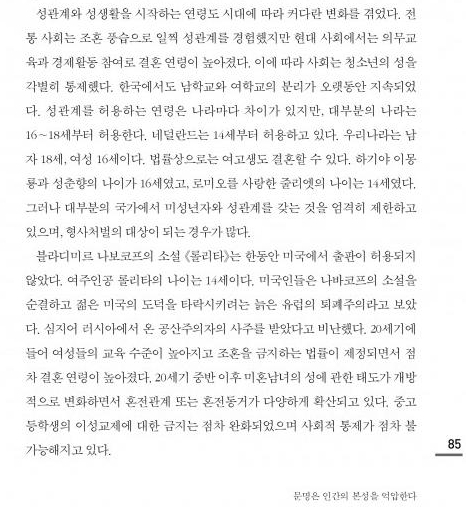
With apologies for the small size, that states that in Korea the age of consent is 18 for men, and 16 for women!
Needless to say, the jury is still out on what the age of consent in Korea is, and this seems an opportune moment to throw open the floor to suggestions on how to continue from readers, which would be very much appreciated (not least by my wife!).
Before I do so however, if you’re curious then the first two images above (source) are from the 2006 movie Dasepo Naughty Girls (다세포 소녀), which appears to be an excellent satire on Korean sexual mores; see here for an extensive review by – who else? – Matt. And finally, although they’re not related at all sorry, the more I wrote this post the more the following safe sex posters (NSFW) by James Jean kept coming to mind:
See BoingBoing for an extensive comments thread about them.

Posted in Child Raising in Korea, Korean Children and Teenagers, Korean Sexuality, Korean Sources, Readers' Emails Tagged: G-dragon, 성매매, 원조 교제, 지드래곤, Korean Prostitution, Prostitution, Prostitution in Korea, Teenage Prositution, wonjo gyoje







 Although, looking at this heap on your left, you might think shabu-shabu is entirely beef, there is also a plate of assorted vegetables and mushrooms. The broth starts with some odeng and tofu in it as well.
Although, looking at this heap on your left, you might think shabu-shabu is entirely beef, there is also a plate of assorted vegetables and mushrooms. The broth starts with some odeng and tofu in it as well.


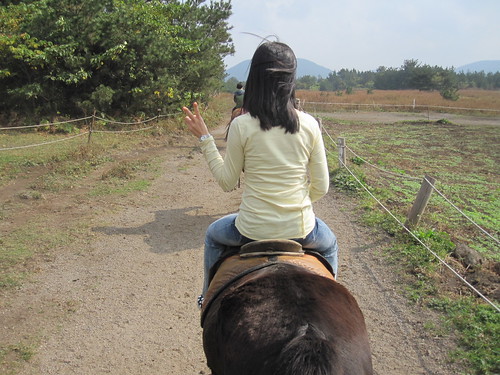

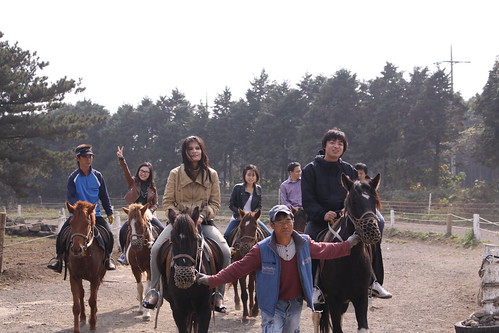


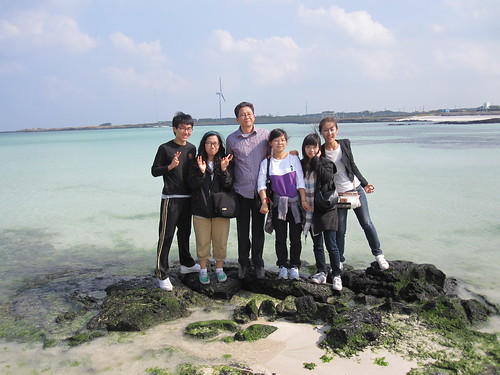
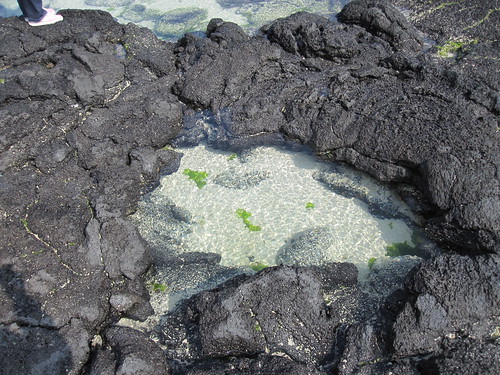
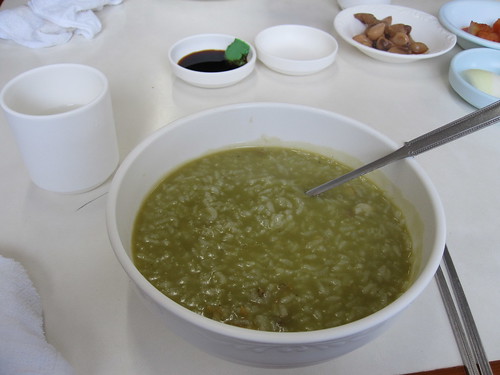
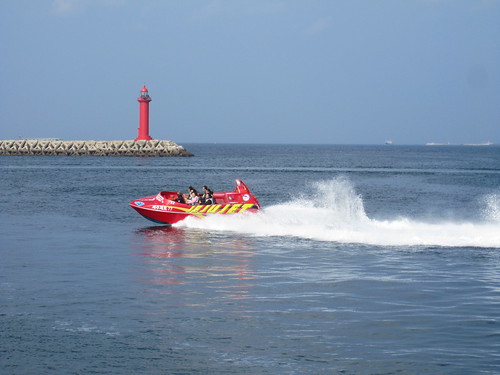
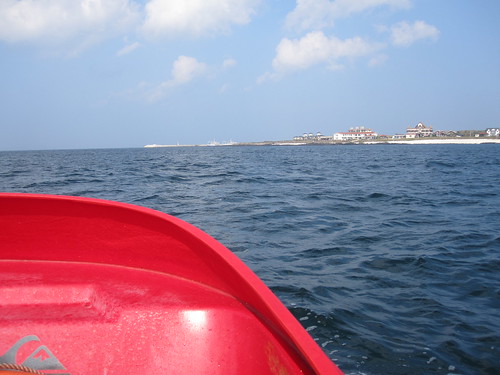

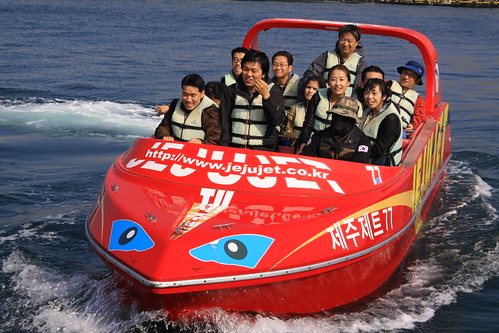

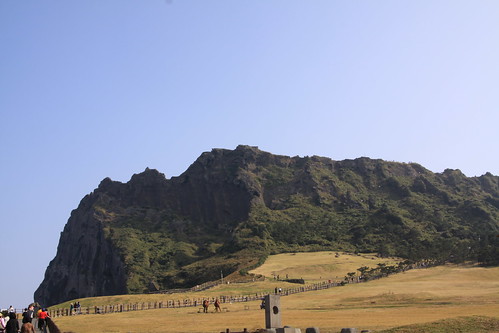


















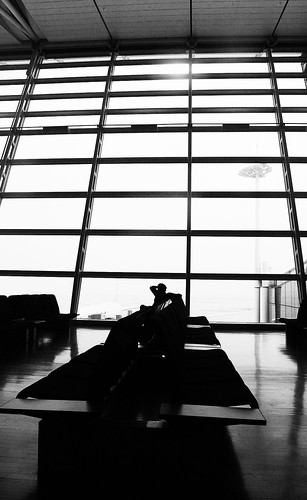
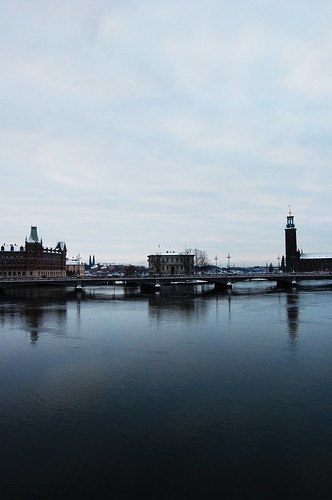
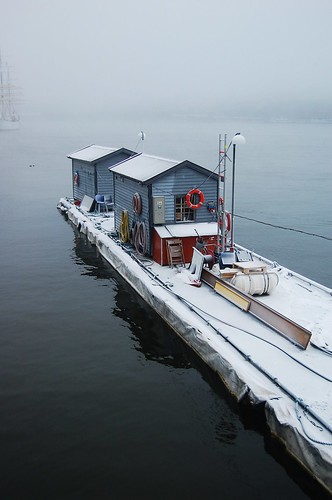
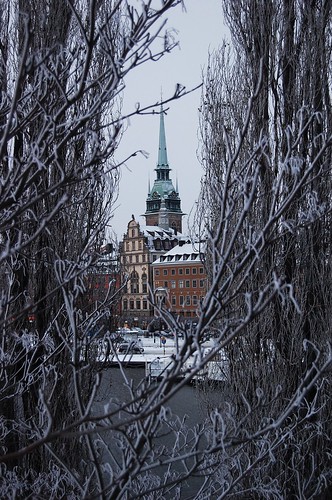


 RSS Feed
RSS Feed
Recent comments